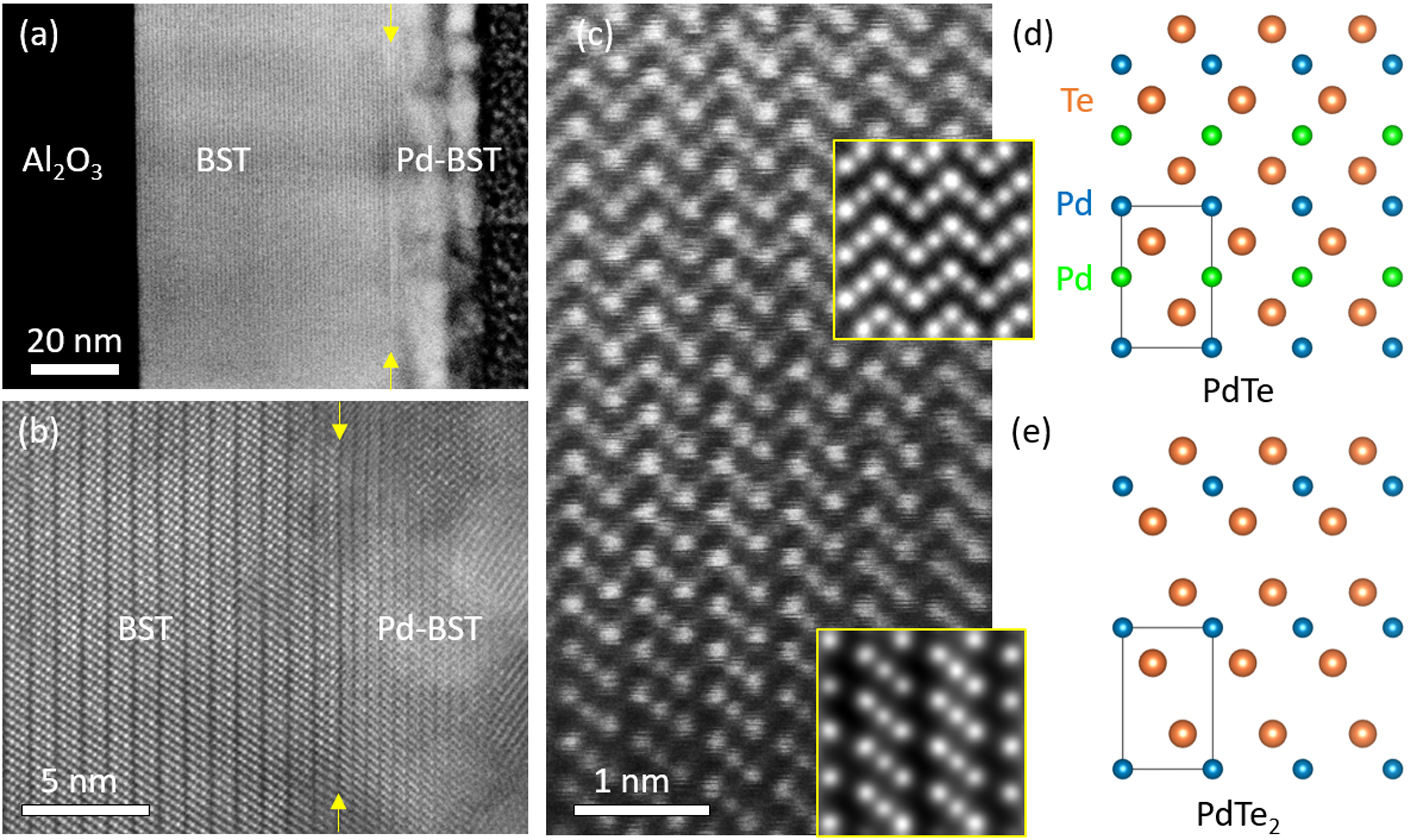Self-epitaxial superconducting phase in Pd-doped (Bi1-xSbx)2Te3 topological insulators
- Abstract number
- 227
- Event
- European Microscopy Congress 2020
- DOI
- 10.22443/rms.emc2020.227
- Corresponding Email
- [email protected]
- Session
- PSA.3 - Semiconductors & Devices
- Authors
- Dr. Xiankui Wei (1), Mr. Mengmeng Bai (2), Prof. Fan Yang (2), Dr. Junya Feng (2), Mrs. Andrea Bliesener (2), Mr. Gertjan Lippertz (2), Dr. A. Taskin (2), Prof. Yoichi Ando (2), Prof. Joachim Mayer (1), Dr. Martina Luysberg (1)
- Affiliations
-
1. Ernst Ruska-Centre for Microscopy and Spectroscopy, Forschungszentrum Jülich
2. Physics Institute II, University of Cologne
- Keywords
Topological insulator, Majorana mode, scanning transmission electron microscopy, spuerconductivity, doped (Bi1-xSbx)2Te3
- Abstract text
Topological insulator-superconductor (TI-S) hetero-structures provide a new platform for realization of topologically protected quantum computation based on the elusive Majorana modes1. For this purpose, different strategies have been used for fabrication of highly transparent interfaces, e.g., epitaxial growth of a superconducting layer on top of the TI. Recently, we have found that deposition of a layer of Pd on top of (Bi1-xSbx)2Te3 (BST) may spontaneously generate the superconductivity with TC = 0.67~1.22 K2. The topological superconductivity is supposed to arise from the self-epitaxial PdTe2-like structure, but the fundamental origin needs more rigorous exploration. Here, the atomic-scale microstructures of the Pd-doped BST thin films, fabricated by magnetron sputtering and thermal deposition, are investigated by using atomic-resolution scanning transmission electron microscopy (STEM). In combination with quantum mechanical image simulations, we found that the Pd-doped BST may undergo a PdTe2- to PdTe-type structural change as a result of Pd intercalation at the van der Waals gaps among the typical triple layers. This intercalation mechanism is verified along the orthogonal [100] and [1-10] directions (see Fig 1). First-principles calculations on impact of the atomic intercalation to the superconductivity origin are still on the way.
Figure 1. (a-c) Low-to-high magnification HAADF-STEM image. The insets in (c) are simulated images of the PdTe and PdTe2. (e,f) Corresponding structure model of PdTe and PdTe2, respectively.
- References
[1] L Fu, & C L Kane, Superconducting proximity effect and majorana fermions at the surface of a topological insulator. Phys Rev Lett 100, 096407 (2008).
[2] M Bai, et al. Novel Self-epitaxy for inducing superconductivity in a topological insulator with a record-high transparency. arXiv:1910.08331 (2019).

